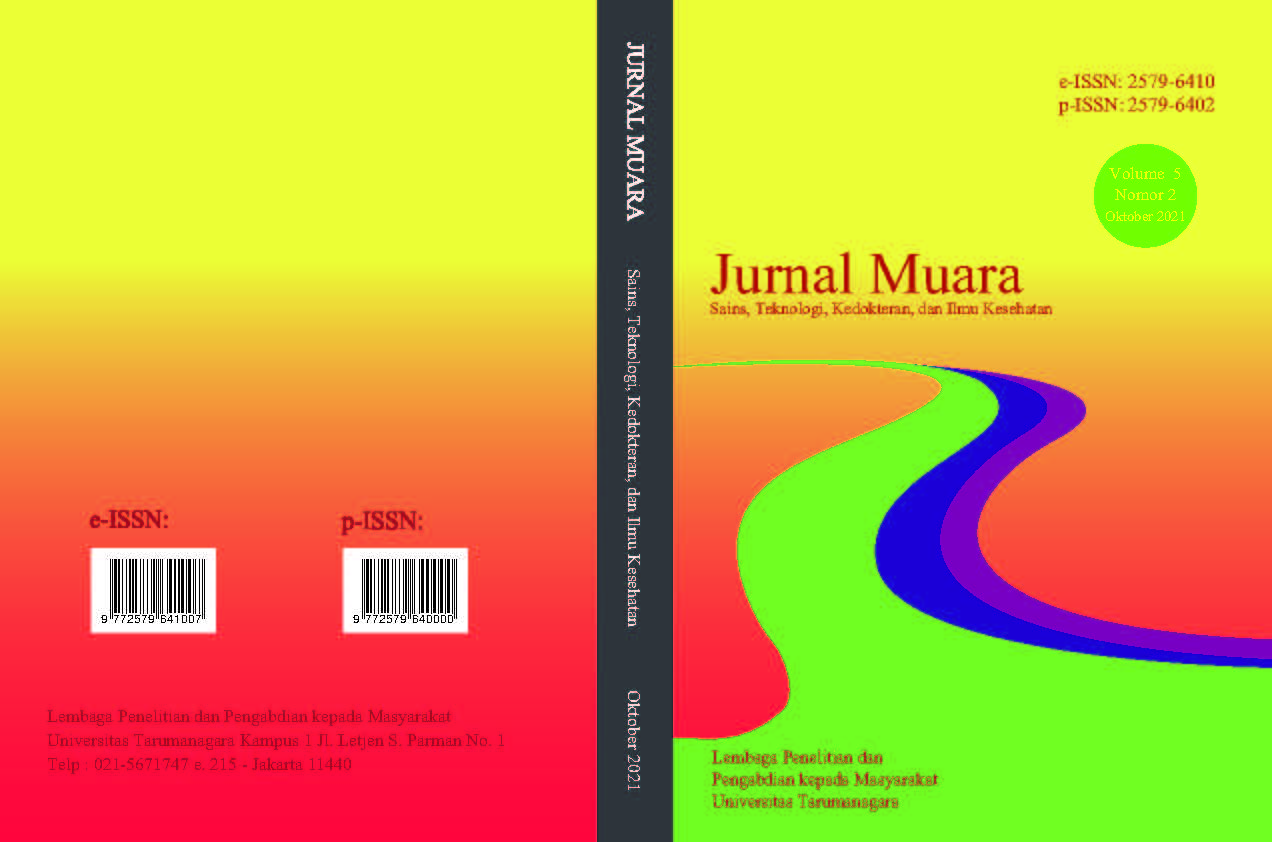STUDI PERBANDINGAN SIFAT MEKANIK SERAT BAMBU
Main Article Content
Abstract
Natural fibers have application in almost every item used in our daily routine and been contributing explicitly to the economic prosperity and sustainability in our lives. Among the natural fiber plants, bamboo is the most popular, because of its versatile applications and significant contribution to the environment. Bamboo fibers have been used in various application such as decoration, weaving, paper makin, textile, and high-performance composites for the past many years. They have several advantages such as superior tensile strength, low density, and high flexibility under flexible and compressive loads. In order to meet the requirements of each bamboo application, there is a need to study the mechanical properties of bamboo fibers. This study reviews mechanical properties of bamboo fibers for various species, extraction methods, plant age, sizes, and moisture contents.
Keywords: bamboo fiber; bamboo extraction method; mechanical properties; mechanical testing; tensile strength
Abstrak
Indonesia kaya akan tanaman yang dapat diambil seratnya untuk diolah menjadi produk yang bermanfaat. Di antara tanaman penghasil serat alami, bambu adalah yang paling populer, karena memiliki aplikasi yang serba guna, mudah tumbuh, tidak memerlukan perawatan dan dapat mengurangi pencemaran udara. Serat bambu telah digunakan dalam berbagai aplikasi seperti dekorasi, perabot, tekstil, kertas dan komposit. Beberapa keunggulan serat bambu adalah memiliki kekuatan tarik yang besar, densitas yang rendah dan fleksibilitas yang tinggi. Dalam rangka memenuhi persyaratan masing-masing aplikasi dari serat bambu, diperlukan studi mengenai sifat mekanik serat bambu. Penelitian ini membandingkan beberapa penelitian yang sudah dilakukan mengenai sifat mekanik serat bambu berdasarkan spesies, metode pengolahan dari batang bambu menjadi serat, umur tanaman, ukuran serat dan kadar kelembaban. Serat bambu yang dihasilkan dapat memiliki sifat mekanik yang optimal jika bambu yang dipilih adalah dari spesies tertentu, memiliki kadar kelembaban yang rendah dan menggunakan metode ekstraksi yang tepat.
Article Details
This work is licensed under a Jurnal Muara Sains, Teknologi, Kedokteran dan Ilmu Kesehatan Creative Commons Attribution-ShareAlike 4.0 International License.
Authors transfer copyright or assign exclusive rights to the publisher (including commercial rights)
References
Afrin T., Tsuzuki T. and Wang X. (2009). Bamboo fibres and their unique properties. Natural Fibres in Australasia: Proceedings of the Combined (NZ and AUS) Conference of the Textile Institute. Dunedin, 15-17 April 2009: 77-82.
Bali I. and Wijaya E. (2015). Flexural Behavior of Bamboo Reinforced Concrete Beams. Proceedings of 2nd International Conference on Engineering of Tarumanagara (ICET 2015). Jakarta-Indonesia, 22-23 October 2015: p.CE.05/1-CE.05/6.
Hong C., Cheng H., Wang G., Yu Z. and Shi S.Q. (2015). Tensile properties of bamboo in different sizes. Journal of Wood Sciences 61: 552-561.
Hong C., Wang G. and Cheng H.T. (2011). Properties of single bamboo fibers isolated by different chemical methods. Wood and Fibers Science.43 (2): 111-120.
Huang Y.H., Fei B.H., Yu Y. and Zhao R.J. (2012). Plant age effect on mechanical properties of moso bamboo single fibers. Wood and Fiber Science. 44(2): 196-201.
Majumdar A. and Arora S. (2019). Bamboo Fibers in Textile Applications. Diakses melalui www.frienvis.nic.in/WriteReadData/UserFiles/file/Content-Page/Books/Bamboo/Bamboo-Fibres-in-Textile.pdf pada Mei 2019.
Md Shah A.U., Sultan M.T.H., Jawaid M., Cardona F., and Talib A.R.A. (2016). A review on the tensile properties of bamboo fiber reinforced polymer composites. Bioresources 11(4): 10654-10676.
Okubo K., Fujii, T. and Yamamoto, Y. (2004). Development of bamboo-based polymer composite and their mechanical properties. Composites: Part A 35:377-383.
Osorio L., Trujillo E., Van Vuure A.W. and Verpoest I. (2011). Morphological aspects and mechanical properties of single bamboo fibers and flexural characterization of bamboo/epoxy composites. Journal of Reinforced Plastics and Composites 30(5): 396-408.
Phong N.T., Fujii T., Chuong B., Okubo K. (2012). Study on how effectively extract bamboo fibers from raw bamboo and wastewater treatment. Journal of Material Sciences Research. Vol. 1, No. 1: 144-155.
Refialdi G., Novan B., Judawisastra H., Mardiyati. (2017). Karakterisasi serat bambu petung untuk bahan komposit hijau polimer epoksi. Seminar Nasional Jurusan Pendidikan Teknik Mesin.
Subash S., Retnam S.J.B. and Dhas E.R.J. (2017). A review of extraction of bamboo fibres and its properties. International Journal of Advanced Chemical Sciences and Applications Vol. 5, Issue 2: 22-27.
Suhaily S.S., Khalil A.H.P.S., Nadirah W.W.O. and Jawaid M. (2013). Bamboo Based Biocompo-sites Material, Design and Applications. Chapter 19. Intech Open.
Waite M. (2010). Sustainable textiles: the role of bamboo and a comparison of bamboo textile properties. Journal of Textile and Apparel, Technology and Management Vol. 6, Issue 3:1-22.
Widjaja E.A. (2019). The spectacular Indonesian bamboos. ISBN 9786025232602.
Yu Y., Jiang Z. and Fei B. (2011). An improved microtensile technique for mechanical characterization of short plant fibers: a case study on bamboo fibers. Journal Mater Sciences 46: 739-746.
Yu Y., Tian G., Wang H., Fei B. and Wang G. (2011). Mechanical characterization of single bamboo fibers with nanoidentation and microtensile technique. Holzforschung. Vol. 66: 113-119.
Zakikhani P., Zahari R., Sultan M.T.H. and Majid D.L. (2014). Extraction and preparation of bamboo fibre-reinforced composites. Materials and Design 63: 820-828.



